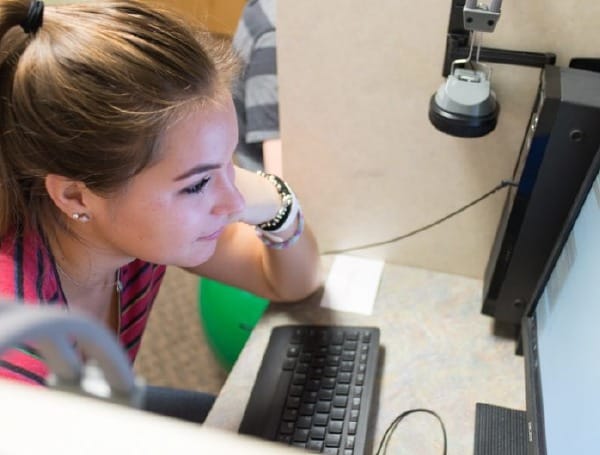Thomas Catenacci Remote school learning will cost the U.S. economy more than $1 trillion and will hamper gross domestic product growth by the
Thomas Catenacci

Remote school learning will cost the U.S. economy more than $1 trillion and will hamper gross domestic product growth by the year 2050, according to an economic forecast.
Citing studies that remote learning reduces learning outcomes and leads to lower future earnings in the workforce, Wharton School of the University of Pennsylvania researchers recently showed that 2020 school closures reduced U.S. gross domestic product (GDP) in 2050 by 3.6%. U.S. GDP surpassed $22 trillion in the first quarter of 2021, according to a government estimate.
In addition, both future hourly wages and labor productivity will be negatively affected by remote learning, according to the analysis.
“A drop in productivity drags down economic growth and wages,” the Penn Wharton Budget Model analysis concluded.
“Government tax revenues decline and, consequently, government debt cumulates more quickly,” the report continued. “Higher debt along with less total savings by individuals with lower incomes leads to a lower real capital stock, lowering wages and GDP further.”
The economy will steadily decline as a result of remote learning through the 2030s and 2040s, but will dip most in 2050 when children currently in primary and secondary schools will be in the midst of their careers, according to the analysis.
Economically disadvantaged primary and secondary school students will be more negatively impacted in the long run by school closures than advantaged students, who had higher access to in-person learning, the researchers found. Disadvantaged students will earn less and have less overall wealth in 2030, 2040 and 2050, according to the report.
“Economically disadvantaged students’ losses are higher than those of non-disadvantaged students, due to less exposure to in-person schooling,” the paper said.
The researchers proposed and studied three policy proposals that involve extending future school years. The first proposal, which introduces summer schooling in 2022 and 2023, would cost the government the most in the short term, but benefit the economy the most in the long run, the researchers said.
Throughout the pandemic, powerful teachers unions, like the National Education Association (NEA) and American Federation of Teachers (AFT), opposed efforts to reopen schools. The NEA and AFT also pushed for the Department of Education to cancel standardized testing, arguing it would be an “unreliable” measure of students’ progress nationwide.
About 29% of U.S. students continue to attend “hybrid,” or both virtual and in-person, school learning while more than 2% attend virtual-only classes, according to the Burbio School Opening Tracker.
Support journalism by clicking here to our gofundme or sign up for our free newsletter by clicking here
Android Users, Click Here To Download The Free Press App And Never Miss A Story. It’s Free And Coming To Apple Users Soon.
Content created by The Daily Caller News Foundation is available without charge to any eligible news publisher that can provide a large audience. For licensing opportunities of our original content, please contact licensing@dailycallernewsfoundation.org.

COMMENTS